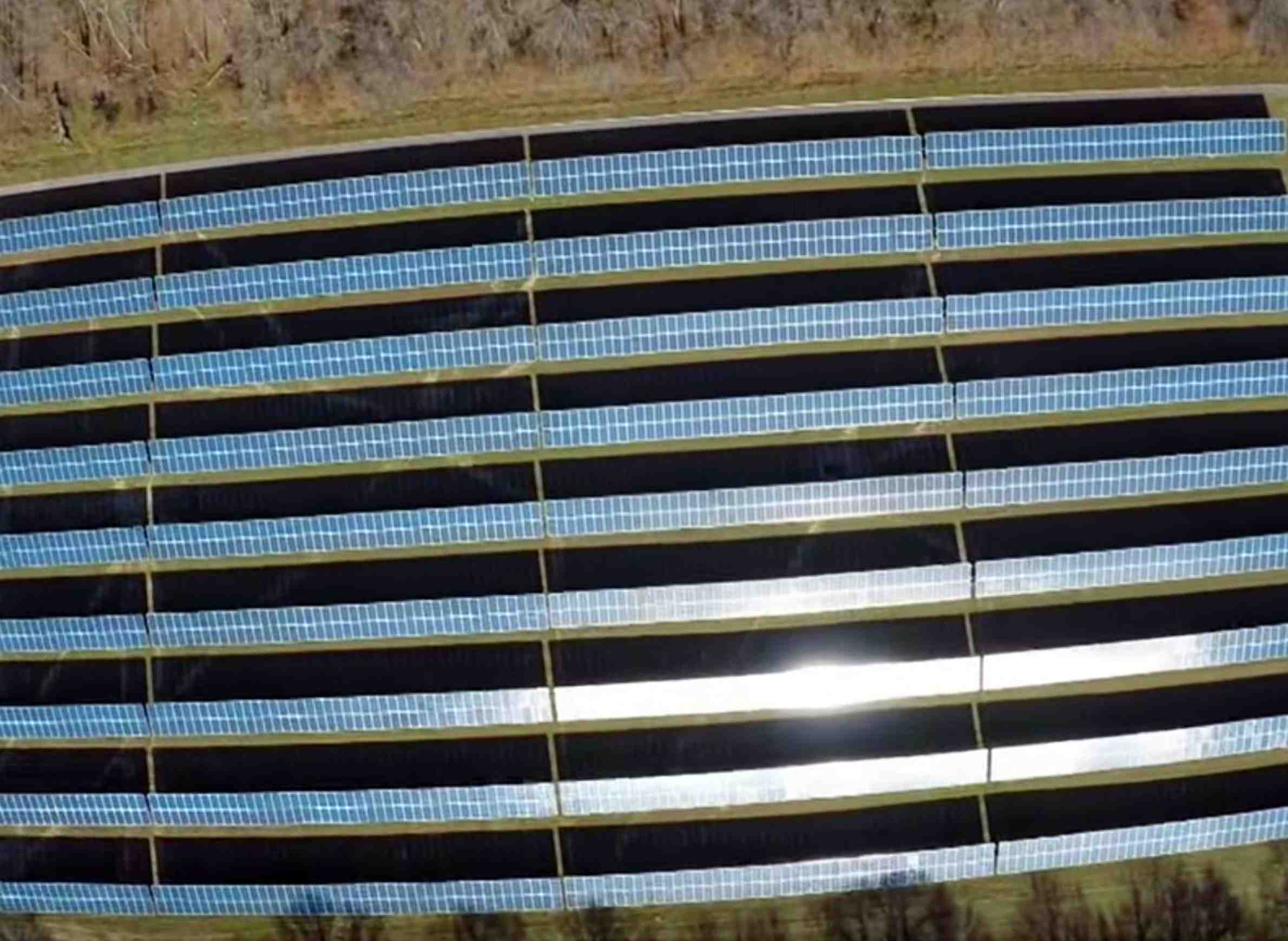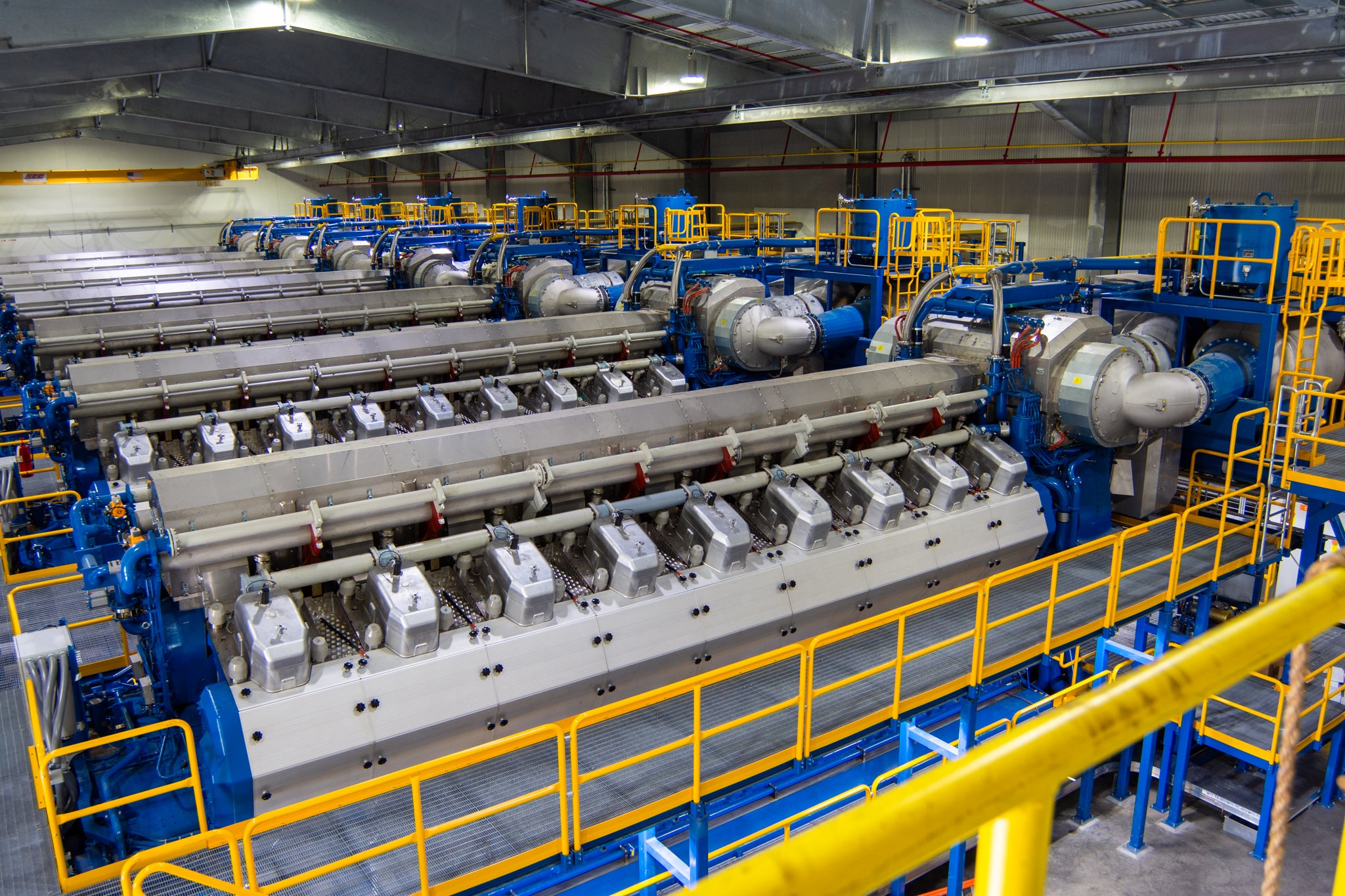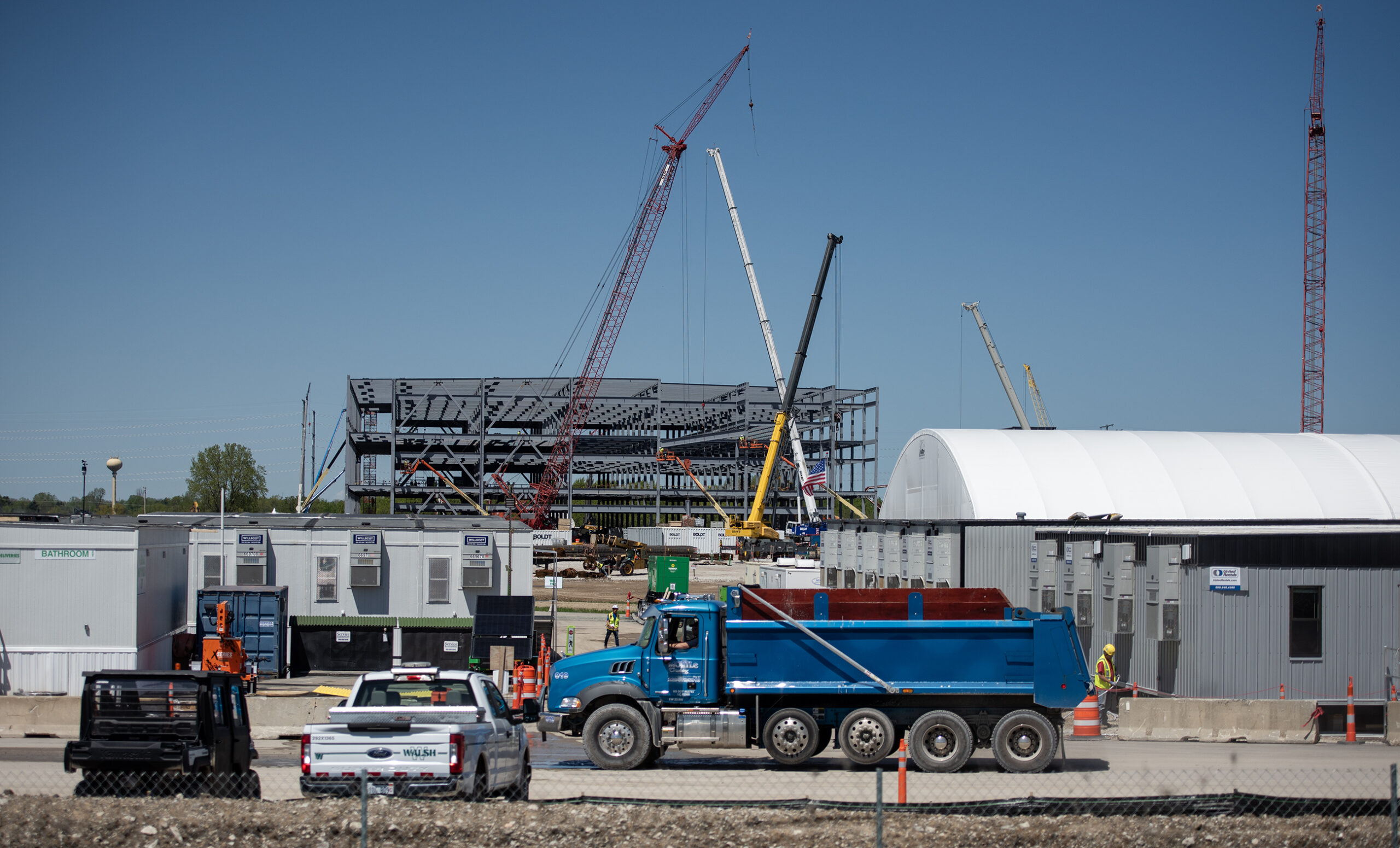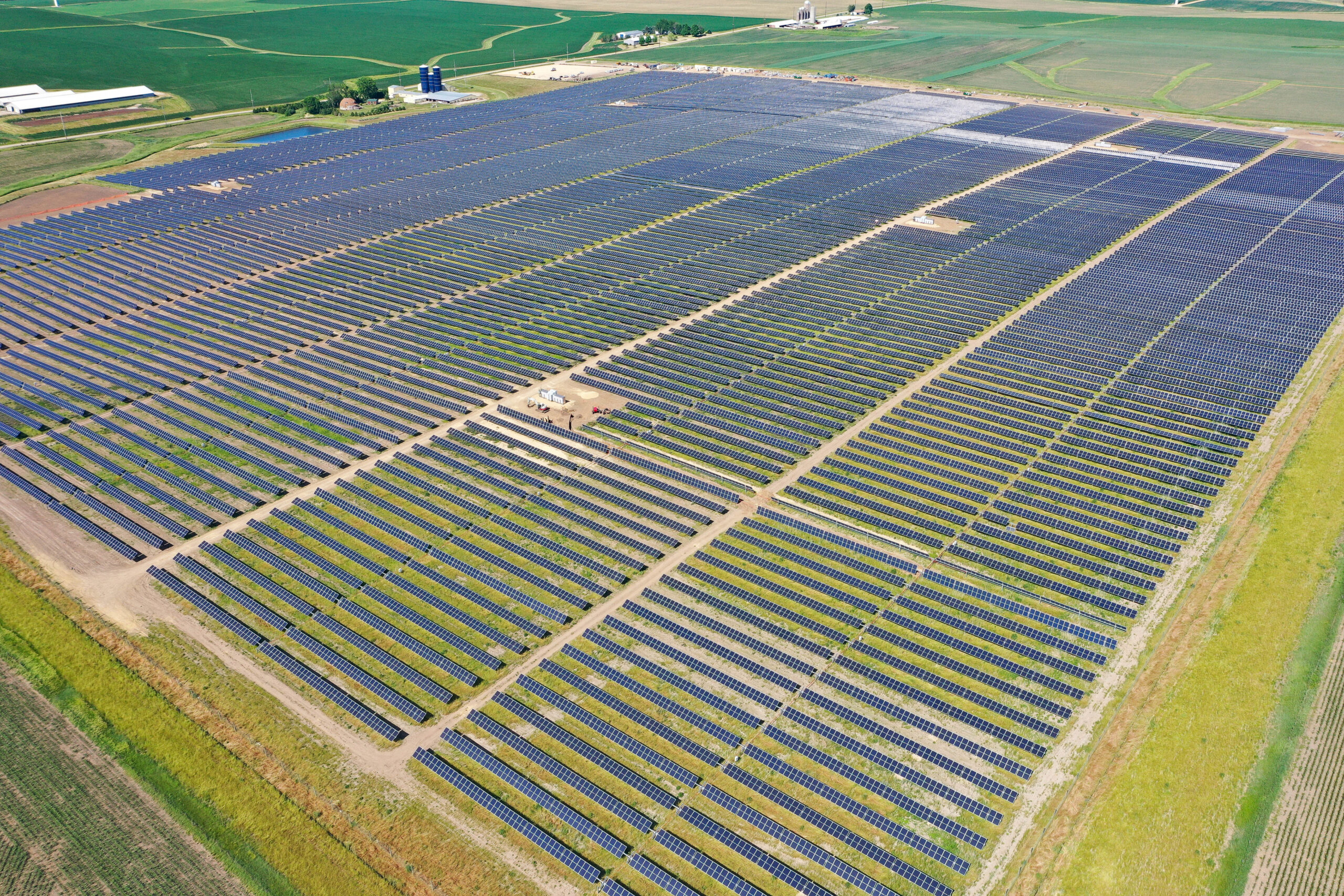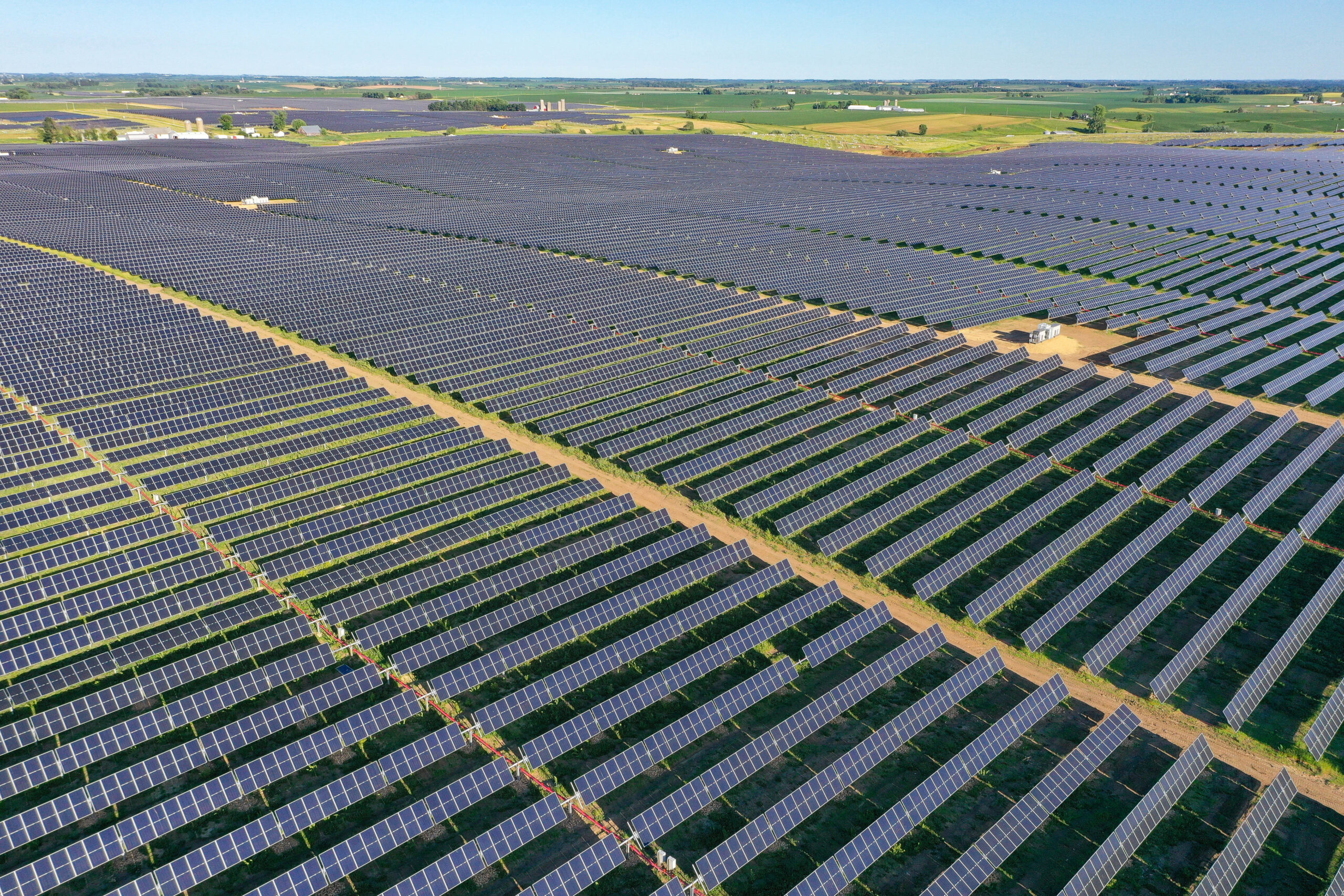Climate change and the environmental unsustainability of fossil fuels pose problems of global magnitude. But local communities across the United States and around the planet see these challenges as a chance to take the lead, tackling carbon emissions and energy usage at the municipal level to make short-term strides amid pushes for longer-term transformation.
Cities in Wisconsin are starting to adopt ambitious goals for renewable energy and reducing their climate impact. At the same time, smaller rural communities and private companies around Wisconsin are likewise pursuing more renewable energy. These efforts come as the state has adopted policies hostile to renewables and has fought federal efforts to crack down on coal-fired power plants, and as the Trump administration pulls away from international negotiations on climate change and moves toward more fossil-fuel-friendly energy policies.
Stay informed on the latest news
Sign up for WPR’s email newsletter.
Most prominently, two of the state’s major cities, Madison and Eau Claire, have resolved to go carbon-neutral, by reducing their levels of energy usage and converting entirely to renewable sources. Eau Claire wants to meet its goal by 2050, and Madison is still working on setting a timeline for its efforts.
Ned Noel, associate planner at the city of Eau Claire, and Manus McDevitt, a consultant with Sustainable Engineering Group who works on the city of Madison’s carbon-neutral plan, discussed the processes and challenges of these localized efforts in April 24, 2018 presentations at the Wisconsin Academy of Sciences, Arts & Letters’ Local Government Summit 2018. In their presentations, delivered at the the University of Wisconsin-Eau Claire campus and recorded for Wisconsin Public Television’s “University Place,” Noel and McDevitt discussed how they’ve gone about the initial steps of creating specific plans and the bigger-picture goals of the two cities.
When it comes to the effects of climate change, municipal governments face numerous challenges, from the familiar and seemingly mundane to the unpredictable and costly. On an annual basis, for example, the freeze-saw cycle places pressure on local infrastructure, through contributing to potholes on roads. On a more extreme level, extreme rainstorms and floods exacerbated by climate change can wash out roads, damage bridges and threaten other infrastructure. Altogether, this dynamic places pressures on local government to update infrastructure, which is a massively expensive undertaking.
Key facts
- Since the 1960s, the Eau Claire area has experienced about 3 °F of average temperature warming, and is expecting another 3 degrees Fahrenheit by 2050. The city’s goal is to use 100 percent renewable energy by the middle of the century.
- After the United States withdrew from the Paris climate agreement, the Eau Claire City Council asked the city’s sustainability advisory committee to draw up recommendations related to accord in order to help keep its practices aligned with the international deal. This objective is challenging, because the guidelines in the Paris agreement are meant for nations, not local governments.
- Eau Claire officials started their efforts to pursue renewable energy by looking at the city government’s carbon footprint, which accounted for only about 2.5 percent of carbon dioxide emissions in the area in 2015. City leaders determined that meant Eau Claire needs broader community goals, and a process that engages community members to significantly reduce their overall impact on the climate. On the broader community level, Eau Claire’s annual greenhouse gas emissions add up to about one-fourth of what a coal-fired power plant would emit. (In a city comprehensive plan issued in 2009 and updated in 2015, a chapter on sustainability details its plans.)
- A community survey found that Eau Claire residents were generally willing to pay more on their monthly power bills in order to support the development of more renewable energy infrastructure. About 75 percent of respondents said that the city and the local utility, Xcel Energy, should do more to develop carbon-free energy sources. Renewables efforts in Eau Claire have particularly emphasized solar.
- The city of Eau Claire developed what it calls a “retirement plan” for fossil fuels, laying out incremental steps to wean itself off of that energy source by the 2050. The plan’s components range from conservation plans to adopting more electric vehicles to capturing carbon through the urban tree canopy.
- Madison is growing in population and density, so without changes in energy sources and conservation, its carbon emissions are expected to increase.
- In 2017, the Madison Common Council passed a resolution setting a goal to become a net-zero carbon-emissions city. The city hired Sustainable Engineering Group to consult on how to achieve that goal. One of the first steps was to to talk with stakeholders, including environmental groups, local utilities, members of the public, and the Wisconsin Public Service Commission to gather their input. The consultants focused in first on the city government’s open operations, then broadened their scope to carbon emissions in the community as a whole.
- The Madison municipal government’s biggest single source of carbon emissions is from city-operated buildings, followed by city vehicles. Electricity is by far the city’s biggest producer of carbon, and two-thirds of its electricity comes from coal-fired power plants. McDevitt found that the city will need to concentrate its efforts on developing renewable energy sources like solar and wind, as well as through offering renewable-energy credits.
- The city of Madison is exploring new energy-efficiency strategies for municipal buildings and ways to incorporate more electric and hybrid vehicles into its fleet.
Key quotes
- Noel on the realities of climate change: “This isn’t really a political issue. This is a factual issue, when it comes down to what is causing that warming … you can see the acceleration over the last 50 years or so about why our local areas are warming … primarily, the burning of fossil fuels are increasing the heat trapping of our solar radiation to warm our planet.”
- Noel on discussing energy transformation with local elected officials: “I think our council really understood that we have to be realistic about this transition, that there’s different diverse fuel types that serve affordable energy, reliable energy, that there’s clean energy, but it’s not going to happen overnight. So we have to look at a planning process that does justice to the current realities but moves the needle forward.”
- Noel on working toward ambitious energy goals: “Is this all possible? I think it’s going to be definitely a journey. It’s intimidating in some ways, but in many ways we can do this, and the answers are just around the corner.”
- McDevitt on Madison’s approach to realizing its goals: “Our focus is on actionable steps, not pie-in-the-sky ideas but things we can do from day one here.”
How Two Wisconsin Cities Want To Transform Their Energy Use was originally published on WisContext which produced the article in a partnership between Wisconsin Public Radio, Wisconsin Public Television and Cooperative Extension.
This report was produced in a partnership between Wisconsin Public Radio, PBS Wisconsin and the University of Wisconsin Cooperative Extension. @ Copyright 2025, Board of Regents of the University of Wisconsin System and Wisconsin Educational Communications Board.

